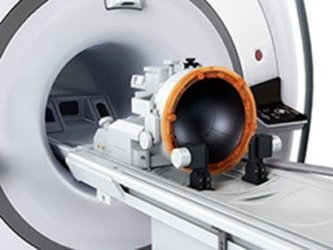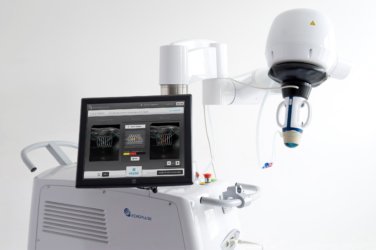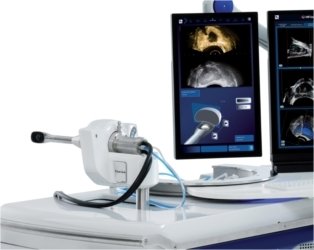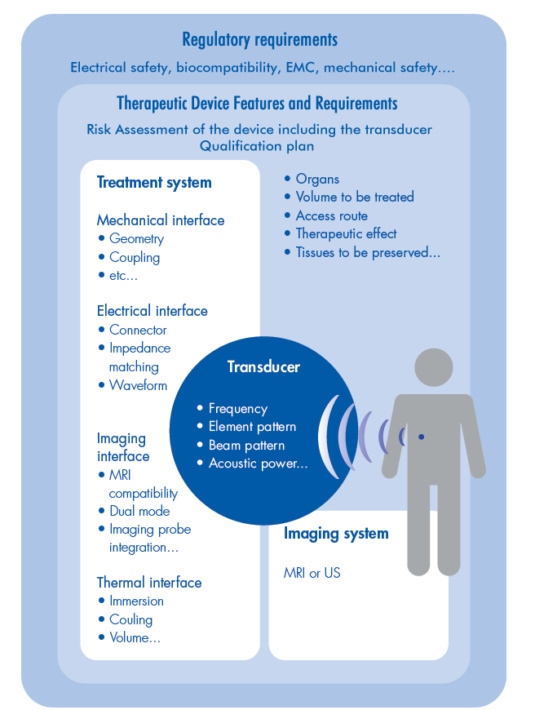Imasonic HIFU transducers in their operating environment
 courtesy Insightec
courtesy Insightec
 courtesy Theraclion
courtesy Theraclion
 courtesy EDAP TMS
courtesy EDAP TMS
